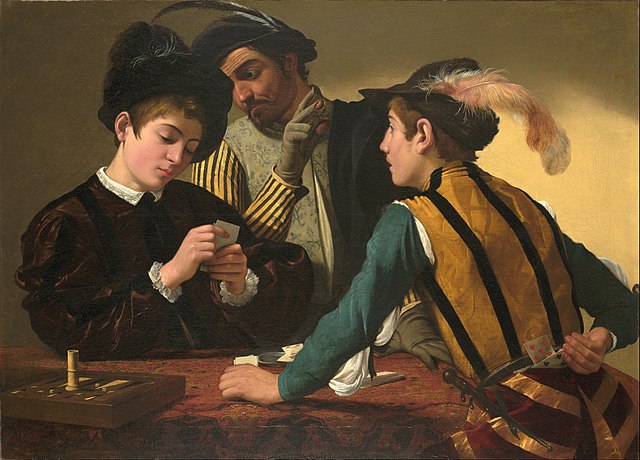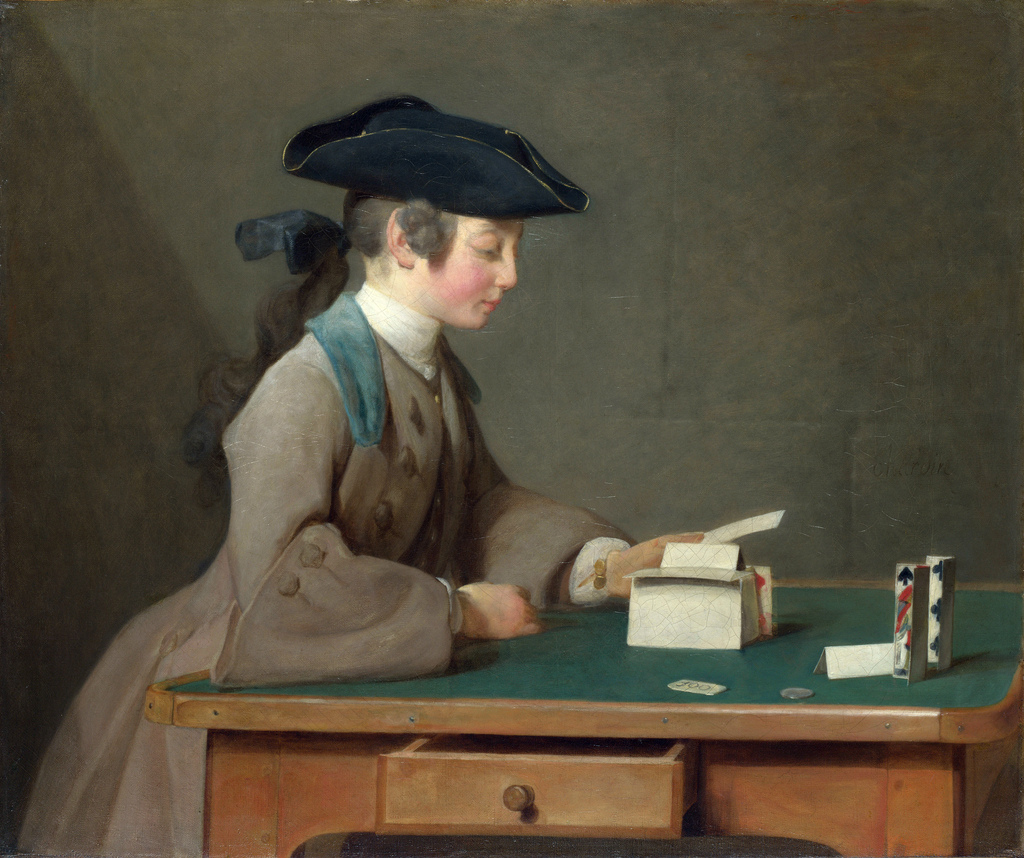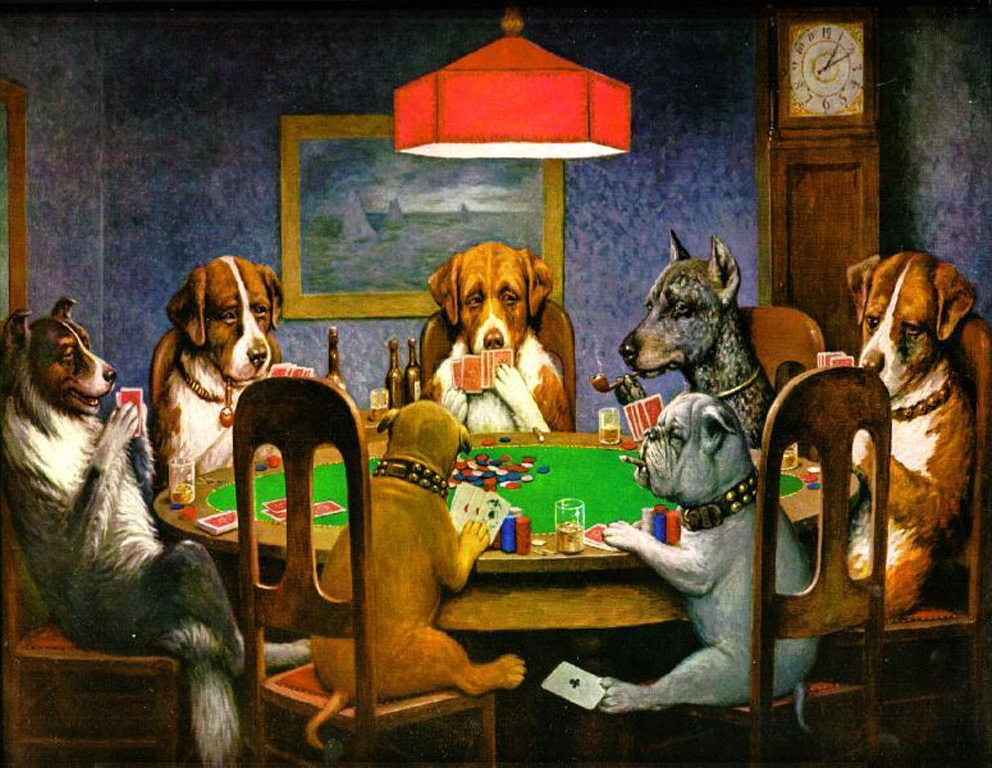Gambling Paintings
Gambling Paintings: The Art of Risk and Fortune
Gambling has long been a captivating subject for artists, inspiring stunning paintings that capture the thrill, tension, and allure of wagering. From historic depictions of 17th-century card games to modern interpretations of casino life, gambling paintings provide a fascinating glimpse into society’s relationship with risk and reward.
The History of Gambling in Art
1. The Baroque and Renaissance Eras
Artists of the Baroque and Renaissance periods frequently depicted gambling scenes, highlighting both the excitement and the darker aspects of the pastime. One of the most famous gambling paintings from this era is “The Cardsharps” (1594) by Caravaggio, which illustrates a young man being deceived by two cunning gamblers. The painting is a masterpiece of dramatic lighting and psychological tension.

Another iconic work is Georges de La Tour’s “The Cheat with the Ace of Diamonds” (circa 1635), which portrays a similar theme of deception at the gambling table. These paintings served as moral lessons, warning viewers of the risks of dishonesty and temptation.
2. 18th and 19th Century Gambling Paintings
During the 18th and 19th centuries, gambling became a popular theme in European art, reflecting the rise of social gaming in salons and clubs. Jean-Baptiste-Siméon Chardin’s “The House of Cards” (1737) presents a more innocent view of card playing, while works like Edgar Degas’ “At the Café-Concert” (1876) capture the lively atmosphere of Parisian gambling establishments.

In the American West, gambling was a major part of frontier life, influencing the works of artists such as Frederic Remington, who painted vivid scenes of cowboys and high-stakes poker games.
Modern and Contemporary Gambling Art
As gambling evolved with the rise of casinos and digital gaming, artists adapted their styles to reflect the new era. C.M. Coolidge’s “Dogs Playing Poker” (1903) is one of the most famous gambling paintings of the 20th century, blending humour and satire to depict anthropomorphic dogs engaged in a high-stakes poker game.

In modern times, contemporary artists like Leroy Neiman and Michael Godard have embraced casino culture, creating vibrant, energetic depictions of Las Vegas nightlife, roulette wheels, and poker tables. These gambling paintings celebrate the glamour and thrill of the gaming world, often using bold colours and abstract techniques.
Symbolism in Gambling Paintings
Gambling paintings often contain deep symbolic meanings:
• Cards and Dice – Represent fate, luck, and uncertainty.
• Expressions of Players – Reflect emotions such as greed, desperation, excitement, and triumph.
• Light and Shadow – Used to create dramatic contrasts between hope and deception.
• Luxury and Decadence – Casinos and lavish interiors symbolize wealth and excess.
These artistic elements allow gambling paintings to convey the emotional and psychological aspects of risk-taking, making them more than just visual representations of a game.
Conclusion
Gambling paintings offer a unique perspective on the world of wagering, from historical warnings about deception to modern celebrations of casino culture. Whether depicting classic card games, high-stakes poker, or the allure of Las Vegas, these artworks continue to fascinate and inspire viewers with their rich storytelling and artistic mastery.
If you’re an art enthusiast or a gambling fan, exploring the world of gambling paintings is a journey into the artistry of risk, luck, and human nature.